Your storefront looks awesome, but behind the scenes, it’s a different story. Inventory is all over the place, orders get mixed up, and someone just shipped the wrong size.
The problem isn’t what you’re selling, it’s how you’re managing it.
To make things easy to manage, you need a warehouse management system (WMS).
But, not the kind built for 10,000-SKU retailers with IT teams, just the kind that actually connects to Shopify, tracks inventory properly, and helps your team pick and pack without second guessing.
This guide reviews the best WMS for Shopify stores thoroughly so that you know which tool is worth investing.
Overview of Best WMS for Shopify Stores
Criteria for Selecting the Best WMS for Shopify
Some WMS platforms are packed with features you’ll never use, while others lack the essentials.
So, how do you cut through the clutter and find the best WMS for Shopify? Let’s break it down.
Compatibility and integration with Shopify
Your WMS should directly sync with Shopify without requiring any manual intervention. Look for platforms that offer a native Shopify integration, not a connector built through a third-party app.
It should automatically update stock levels, push tracking numbers once order ships, and reflect order edits or cancellations.
Check if the WMS supports multiple locations, handles Shopify order tags, and respects fulfillment priorities like ‘high-priority’ or ‘express’ set in Shopify.
During evaluation, ask the vendor to walk you through a real order sync demo using a live Shopify store or sandbox.
Features and functionalities
WMS tools differ a lot in what they can actually handle. Focus on features that directly impact how your inventory moves and how orders get out the door.
Here’s what to check for
1. Shipping and logistics
A WMS should help reduce label errors and shipping delays.
Check if the platform integrates with major carriers or third-party shipping platforms. You would want automated label printing, real-time rate comparison, and tracking updates that go straight back to Shopify.
Ask how it handles partial shipments, how it selects carriers for different order types, and whether label printing can be done in bulk. Look at how returns are processed and if the system tracks them as inventory events.
2. Order fulfillment
The WMS should support pick-pack-ship workflows that fit your warehouse layout and team size.
Look for barcode scanning, mobile device support, and picking methods like wave, batch, or zone-based picking.
Ask how the tool prioritizes urgent or high-value orders and whether it supports fulfillment routing if you use multiple warehouses.
3. Inventory management
You need clear stock visibility across all SKUs, storage bins, and warehouse locations. Look for SKU-level tracking, bin or zone mapping, and real-time stock counts that update as orders are processed.
A good WMS will include cycle counting tools and low-stock alerts you can configure by product type or sales velocity. Ask to see how the system manages inbound shipments, stock transfers between zones, and adjustments due to damaged or lost goods.
Moreover, if you go with a warehouse management software with demand forecasting features, you can track what’s in your warehouse as well as plan for the upcoming demand.
4. Real-time data analytics
Decision-making should not rely on outdated spreadsheets. The WMS should include dashboards or exports showing metrics like inventory turnover rate, average fulfillment time per order, picking accuracy, and returns rate.
Ask your vendor where the data is available, does it update in real-time, and whether you can filter by warehouse, SKU, or order type.
5. Scalability and customization
Now, you may add new locations, hire more staff, or shift to wholesale. A WMS should handle these changes without forcing a full rework. Check if it supports unlimited warehouses, large SKU catalogs, and flexible user permissions.
See how workflows can be customized, such as setting different picking rules for different warehouse zones or assigning carriers based on order weight. See if the tool lets you build automation rules without relying on engineering help.
6. Customer support and usability
Warehouse tools are used on the floor, not just in offices. The system should be intuitive for pickers and packers. Ask how long onboarding typically takes and whether they provide live training.
Look for platforms with responsive live support, not just email tickets. Test the interface for clarity on both desktop and mobile.
A good sign is if pickers can learn basic tasks like picking or cycle counting with minimal instruction. If possible, run a trial in your actual warehouse with staff and see where they get stuck.
7. Pricing and value for money
The pricing of a WMS varies based on number of users, order volume, and integrations. Ask the vendor about the different plans available and check for add-on charges like additional users or warehouse locations.
Watch out for monthly order caps, storage-based fees, or pricing that increases once you grow. Free trials are helpful but should give access to all core features, not just a limited sandbox.
When comparing vendors, look at what you get for your money in terms of daily usability, support access, and data visibility.
10 Best WMS for Shopify Stores in 2025
After extensive research, we’ve picked out the 10 best WMS for Shopify merchants that can help you keep your operations running smoothly.
1. ShipBob

ShipBob is a fulfillment platform that supports Shopify stores with warehousing, picking, packing, and shipping.
Its model includes both outsourced fulfillment, where they handle picking, packing, and shipping, and a standalone warehouse management system (WMS) for brands with their own warehouses.
Key features
- Distributed warehouse network to store products closer to customers
- Real-time inventory tracking across all fulfillment centers
- 2-day express shipping coverage within the US
- Custom packaging for branded unboxing experiences
- Cross-border shipping to over 220 countries and territories
Pricing
Custom pricing
2. ShipHero
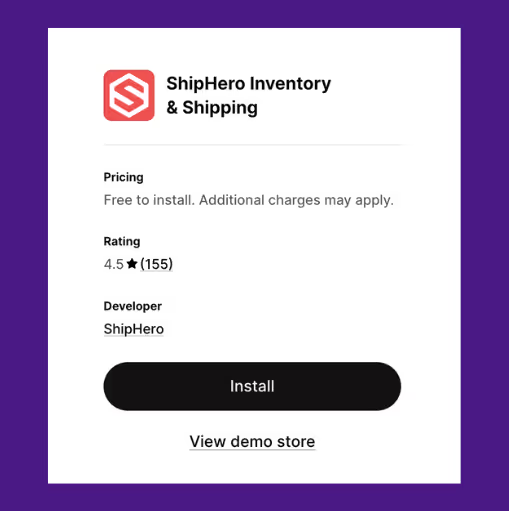
ShipHero is a warehouse operating system built for high-volume Shopify merchants. It gives warehouse teams control over everything from inventory counts to labor costs, while helping them ship faster with optimized pick routes and real-time carrier rates.
Key features
- Real-time inventory sync with Shopify
- Optimized picking routes to reduce walk time and picker fatigue
- Live carrier rate shopping to find the best shipping option per order
- Built-in labor dashboards to track packer speed and cost per order
- Replenishment rules, cycle counts, and mobile scanning tools for stock accuracy
Pricing
Custom pricing
3. Dear Systems (Now Cin7)
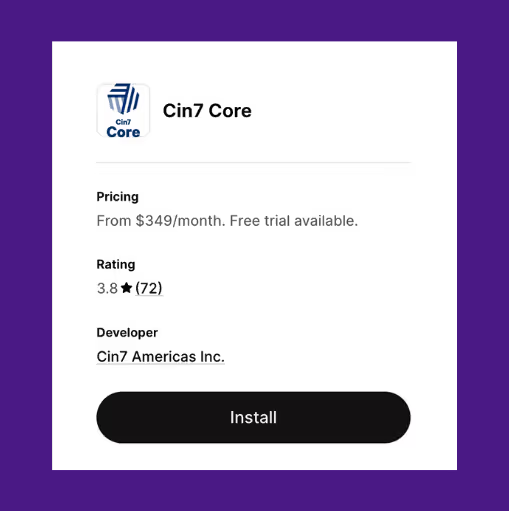
This WMS gives warehouse teams features to manage stock from receiving to packing using barcode scanners tied directly to real-time inventory data.
It validates orders during picking, flags mismatch, and prints labels without needing a desktop. Bin-level movement and putaway steps are guided by the system so that each item ends up in the right location, and stays traceable by serial or lot number.
Key features
- Wireless barcode scanning with mobile hardware support
- Guided walk paths for faster and more accurate picking
- Serial and lot-level product tracking for traceability
- Instant alerts for order discrepancies during fulfillment
Pricing
The plans start at $999 per month.
If you're weighing tools with similar WMS capabilities, this detailed Cin7 comparison highlights how Prediko stacks up for modern Shopify workflows.
If you're weighing tools with similar WMS capabilities, this detailed breakdown can help you compare Cin7 vs Inventory Planner to evaluate which platform better supports lean, fast-moving Shopify workflows with built-in forecasting and procurement features.
4. Mintsoft
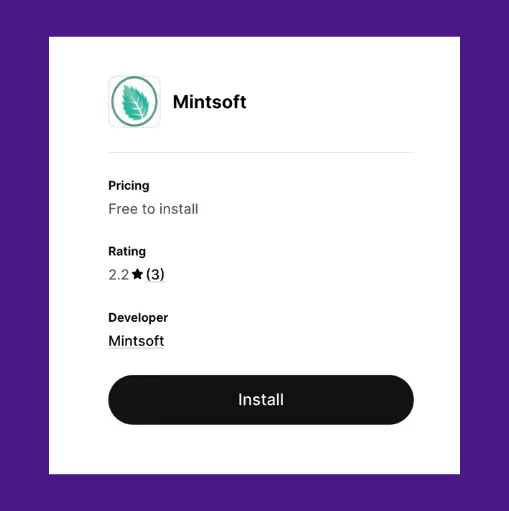
Mintsoft is perfect for fast-moving warehouses that handle everything from perishable products to high-SKU multi-client fulfillment.
It lets you manage inventory across multiple warehouses, automate manual tasks with barcodes, and maintain full audit trails for every item.
Key features
- Multi-type barcode picking, including batch, zone, and SKU-based methods
- FIFO stock control with expiry alerts for perishables and date-sensitive goods
- Cycle count and replenishment rules with automated stock allocation logic
- Location zoning, aisle capacity views, and custom pallet size types
- Serial number and batch tracking for outbound recall traceability
Pricing
Custom pricing
5. Prediko

Prediko isn’t a traditional WMS, but a warehouse management software with demand forecasting abilities. It is perfect for brands that don’t operate full-scale warehouses, covering a big chunk of the supply chain.
It helps you track raw materials, manage supplier POs, and forecast demand using AI, so you can tackle stockouts without over-ordering. It easily plugs into fulfillment apps like Mintsoft or ShipBob, acting as the inventory source of truth.
Key features
- AI Demand Planning: Prediko syncs with your historical sales, growth trends, and seasonality to forecast what each SKU, store, or warehouse location will need.
- Multi-Store & Warehouse Syncing: Track inventory across multiple Shopify storefronts or warehouses in real-time, all from a single dashboard. You’ll always know what’s where.
- Purchase Order Management: Create, track, and manage POs based on current sales and warehouse inventory data. Get suggestions on what to reorder, how much, and when.
- Analytics & Reports: Get a live view of key metrics like stock levels across warehouses, PO status, and sell-through rates by location or product. Automated alerts to flag SKUs at risk of stockout or overstock.
- Raw Materials Management: Track raw material needs per SKU across all warehouses tied back to finished goods demand.
Pricing
Prediko’s pricing starts at $49 per month with unlimited users, SKUs, and POs. You can sign up for a free 14-day trial.
6. SKUSavvy

SKUSavvy is a visual warehouse management system built natively for Shopify. It gives you a drag-and-drop layout to design your actual warehouse, bins, shelves, and aisles, and links every location to live inventory.
Purchasing is handled with vendor approvals and automated POs triggered by stock levels. You also get 3D cartonization to plan how items fit into boxes before shipping.
Key features
- Visual warehouse builder to map physical bins and shelf units
- Mobile scanning for picking, packing, receiving, and adjustments
- Smart routing engine to generate efficient pick paths by location
- 3D palletization to preview packing fit and reduce packaging waste
- Vendor portal and automated PO creation based on stock thresholds
Pricing
Custom pricing
7. Extensiv
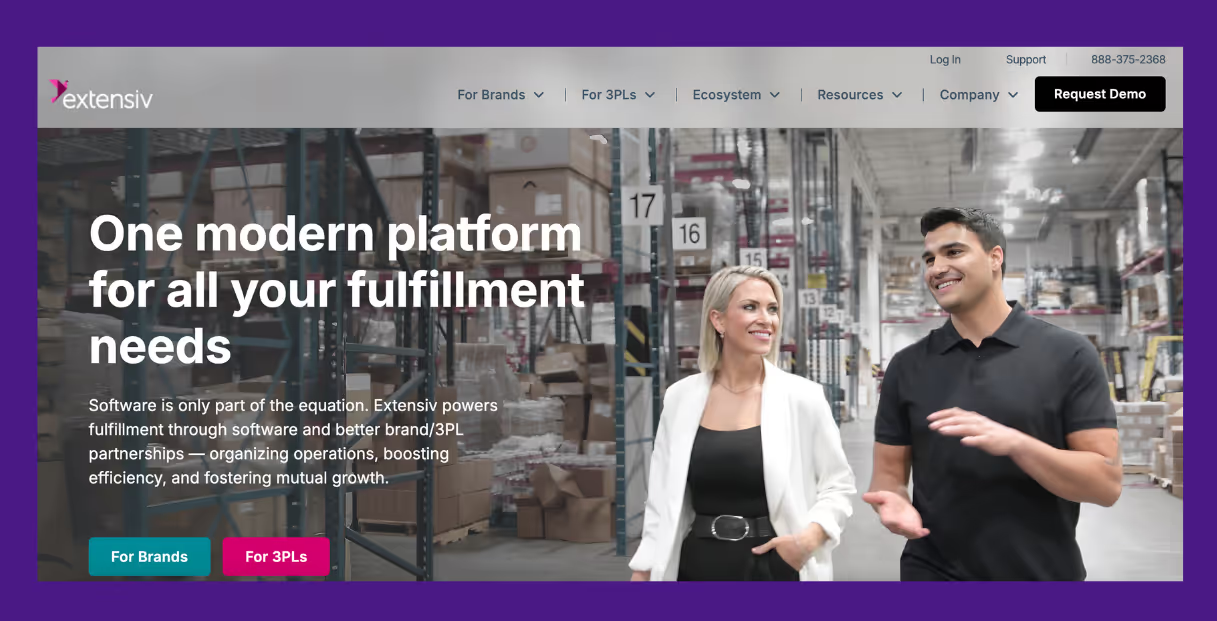
Extensiv is a warehouse management system that handles the full process from receiving to shipping across multiple clients, warehouses, and order types.
It also lets your team scan and update inventory in real-time, while rule-based routing and suggested putaway reduce picker error. Extensiv generates billing automatically based on storage, handling, and activity, without needing extra invoicing software.
Key features
- Rule-based order routing and suggested putaway per client
- Serial, lot, and expiration tracking for all SKUs
- Barcode scanning support with real-time mobile updates
- Automated billing based on events, storage, and labor
- EDI integration and label generation with compliance formats
Pricing
Custom pricing
8. SkuVault by Linnworks

SkuVault is yet another warehouse management system for brands that fulfill in-house and need tighter control over picking, packing, and replenishment.
It connects to Shopify and centralizes everything from order status to bin location tracking. Teams can build and break down kits, run reorder reports, and manage inventory accurately.
Key features
- Guided pick, pack, and QC workflows with barcode validation
- Action Center dashboard showing orders needing attention
- Kit assembly and disassembly workflows tied to real SKUs
- Bin-level inventory tracking across multiple locations
- Reorder point reports based on actual sales and usage data
Pricing
Custom pricing
9. Deposco
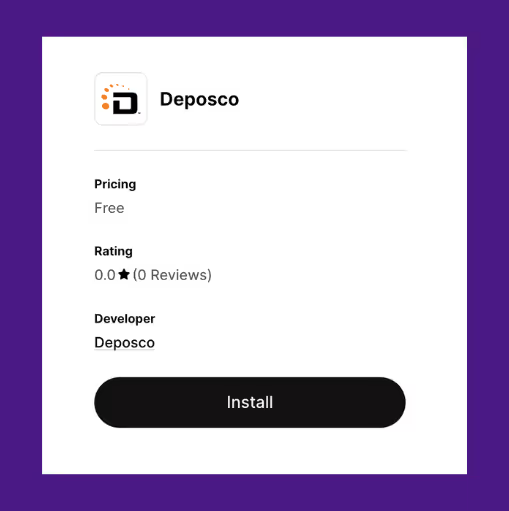
Deposco is a full-stack WMS for businesses shipping across multiple channels, marketplaces, or regions. It supports waved or waveless picking strategies, routing orders based on priority, channel, or order size.
Warehouse teams get task assignments segmented by zone or order type, while leadership can see inventory movement across every facility in the network.
Key features
- Wave planning and pick task segmentation based on priority or size
- Cartonization logic and pack station workflows built into shipping
- Direct API connection with carriers for rate shopping and label generation
- Full inventory visibility across warehouses and cross-dock locations
- Support for batch, bulk, case/pallet picking, and returns management
Pricing
Custom pricing
10. OnGoing WMS
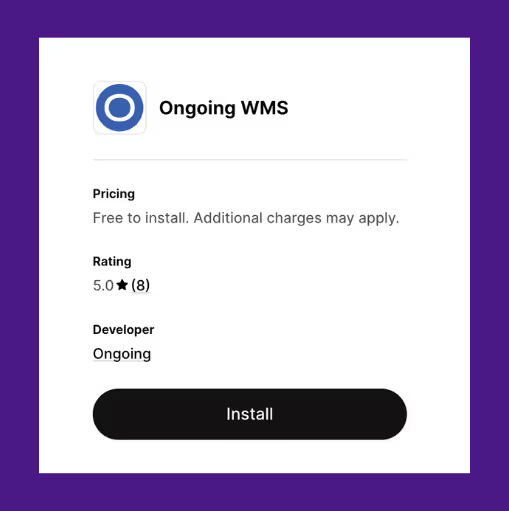
Ongoing WMS is built for merchants who need more control over how their Shopify orders move through the warehouse. The system gives you features to manage inventory, speed up picking, and cut down on mistakes.
It supports barcode-based workflows, handles complex orders, and connects to multiple stores without manual syncing.
Key features
- Real-time Shopify sync with filters to auto-import only eligible orders
- Route-based batch picking with cart or zone logic for faster walks
- Barcode scanning at pick, pack, and receiving for validation
- Expiry and serial tracking support for regulated product handling
- Centralized inventory across multiple Shopify stores and locations
Pricing
OnGoing’s pricing starts at €275 or $304/month per person.
Control Your Warehouse Inventory With Prediko
Warehouse software can help you pick, pack, and ship, but none of that matters if your inventory data is already off. That’s why every great WMS setup starts with strong inventory control. Without it, you’re just moving chaos around faster.
Prediko is designed for exactly this. It connects with all your Shopify storefronts and gives you a single dashboard to track inventory across warehouses, predict demand, manage raw materials, and automate reordering, so you’re never sitting on too much stock or running out when it counts.
Try Prediko free for 14 days and get a foundation built for growth.
Frequently Asked Questions
What is the best WMS for Shopify stores?
Shiphero and ShipBob for scale, Ongoing and Mintsoft for simpler ops, and Prediko for a warehouse management software with demand forecasting.
Which warehouse management systems integrate seamlessly with Shopify?
Prediko, Ongoing WMS, SkuVault, and Mintsoft all offer real-time Shopify integrations.
What features should I look for in a WMS for Shopify?
Live Shopify sync, purchase order tracking, shipping and logistics, order fulfillment, and route optimization are some of the features you should look for in WMS.
How does a WMS improve inventory and order management for Shopify brands?
It cuts down errors, syncs stock across channels, and speeds up picking, packing, and fulfillment.
What are the costs and pricing models for Shopify-compatible WMS solutions?
Prediko offers fixed monthly plans based on your revenue; others like ShipBob and ShipHero work on custom quotes.
.svg)
.png)






